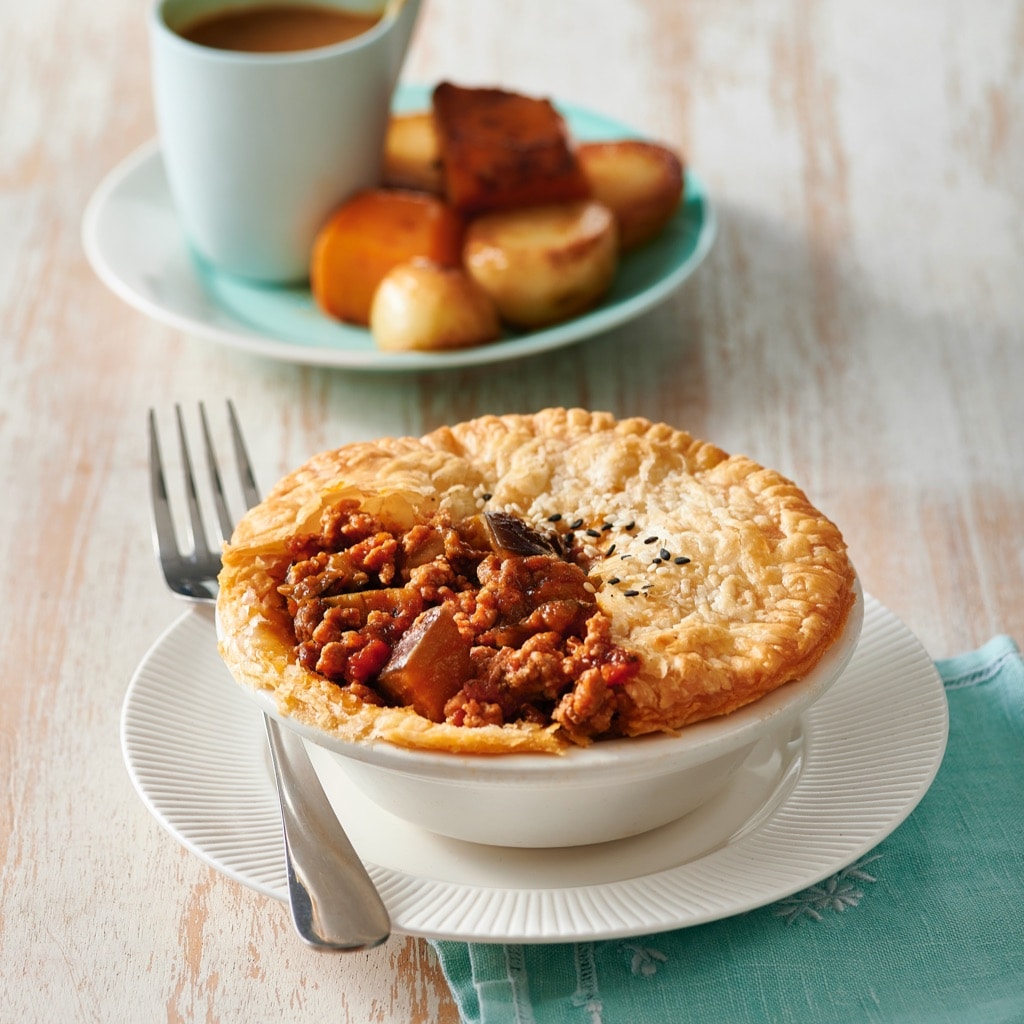On July 1 the new aged care standards were officially adopted and aged care staff and administrators are already undergoing audits to ensure the standards are being met.
We recently attended an IHHC seminar where Lainie Lynch, the Quality Consultant of Hospitality for the Salvation Army aged care in Australia, spoke.
Lainie’s talk focused on the key areas of the new standards which are now coming under the spotlight in the recent audits, and outlined some of the innovations the Salvation Army are implementing in their facilities as a response to the standards.
One of the main things for aged care chef managers to note is the importance of consciously documenting the requests from residents, and recommendations from health professionals. Where each one is in compliance with the new standards, they may not be compatible with each other.
As an example, Standard 1: Consumer Dignity and Choice carries the following consumer outcome:

Which in some cases can be interpreted as “I can eat food which my health professionals haven’t recommended”.
As Lainie said, it is absolutely the residents’ right to choose what they eat, and it is the job of the care staff to clearly inform the resident of any risks, and where the risks are deemed too great, a compromise is negotiated - but regardless of the outcome, each step in the interaction needs to be recorded in detail.
She also suggested where there are no clear guidelines for a specific scenario with a resident, it is prudent to create procedures which fit the situation to the aged care Standard or Food Safety Standards. The resident’s choice should always have priority, however, some adjustments may be needed to satisfy safety and quality standards.
One of the bigger changes faced by aged care chefs has been the mandate for giving residents a ‘choice’ of meals and this has resulted in some organisations expanding the way their food service operates on a day-to-day basis.

At Carpenter Court Salvation Army aged care in Newcastle NSW, food choices are offered at the point of service - a restaurant-style menu is offered to residents to select a meal of their liking. And while this may appear to be inviting additional food waste and budget stress, the opposite has proven to be true where meal consumption has increased - which has decreased waste as well as creating opportunities for new efficiencies. For example, some left-over foods can be incorporated into new dishes for the following meal. It can change the level of planning required however once the initial trial was run, the point of service style of meal choice has been successful for both the residents and the kitchen.
At Bethany aged care in Port Macquarie NSW, a new 24-hour menu system is about to be trialled where residents will be able to call to the kitchen and have food cooked from a 24-hour menu. The reasoning behind the trial is that people will be given the choice not only what to eat, but when they eat it, and where - meals can be delivered to the dining room or to residents private rooms. It’s all about choice.
As Lainie pointed out, not everyone feels like eating breakfast at a certain time, and nor do they always feel like eating in public, particularly if they aren’t feeling well or are moving to a new level of texture modification and find the transition difficult to manage. This is where choice and dignity intersect and the residents will feel they have autonomy in both - which is essential to the health and well-being of everyone!

Disclaimer: The content of this article is created for inspiration purposes only. It is not intended as clinical, medical or nutritional advice.
Related Articles
Top recipes
-
Beef and Vegetable Soup -
Stuffed Baked Mushrooms -
-
Hokkien Noodle Stir Fry -
Stir Fried Chicken with Honey Soy and Asian Greens -
Asian Chicken Noodle Soup -
Thai Chilli Glazed Pork Loin Chop -
Honey Garlic Chicken Stir Fry -
Lamb Schnitzel with Rosemary Parmesan Crumb -
Lamb Loin Chops with Roast Potatoes and Cider Gravy -
Lamb Moussaka Pie -
Apple Cider Gravy -
Pork, Pear and Sage Patties
Related Products
Log in or Create an account to access:
- Get access to this content
- Discover the latest culinary trends
- Explore and save your favourite recipes
- Watch free video training courses for chefs





















